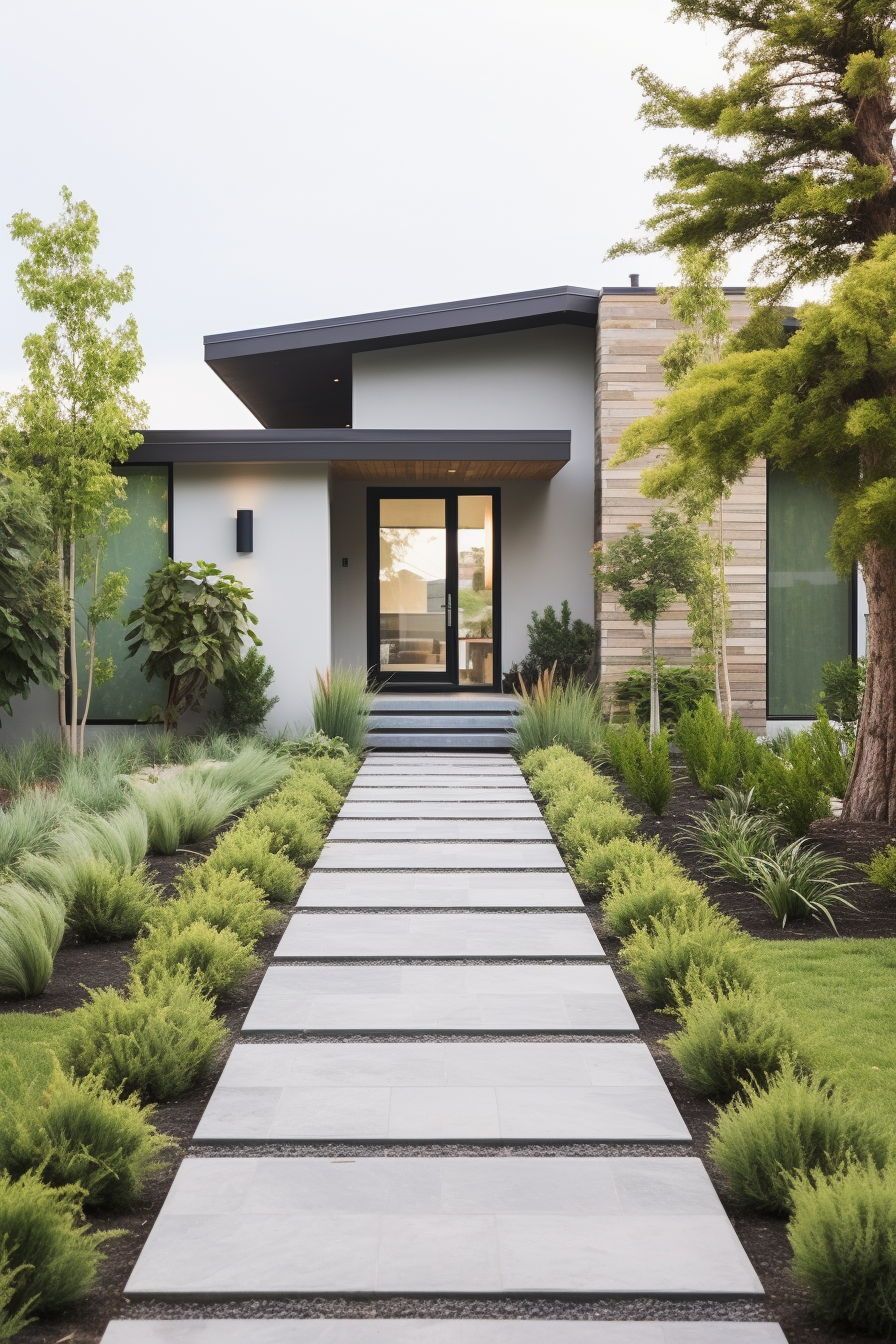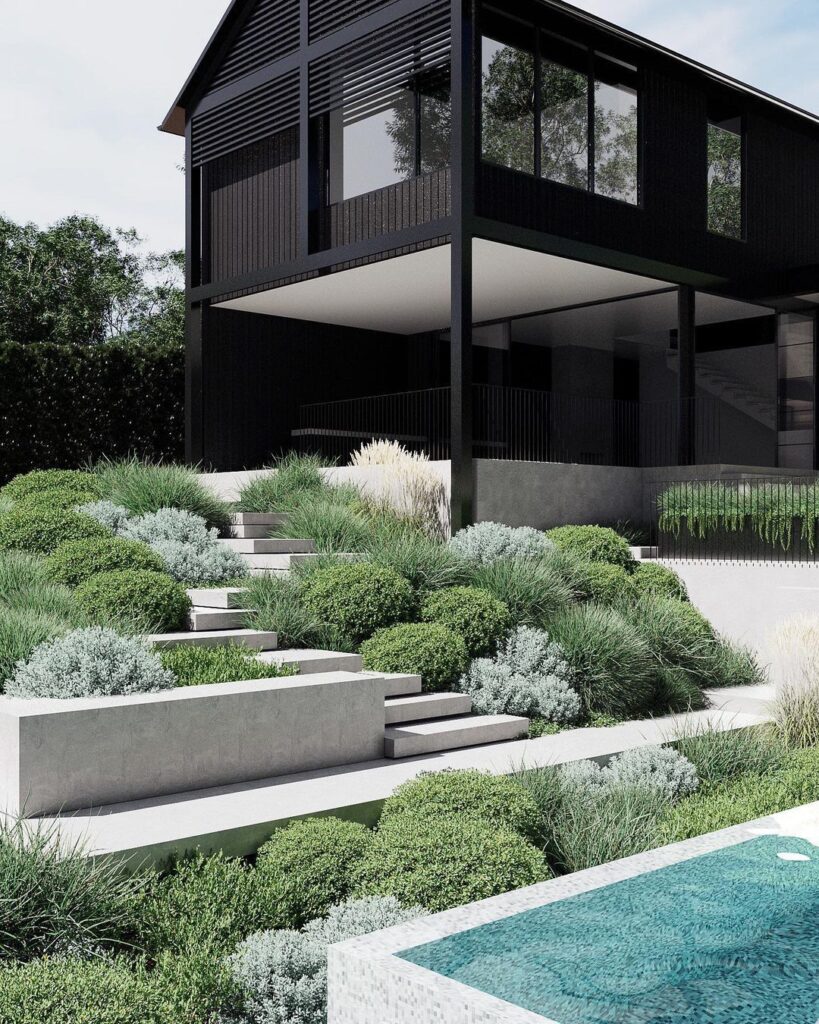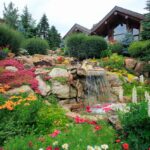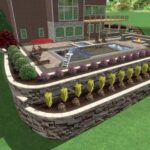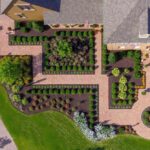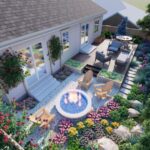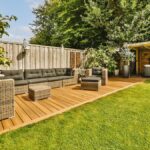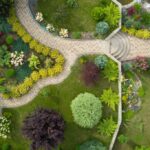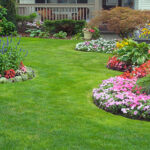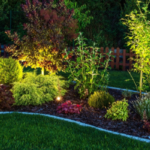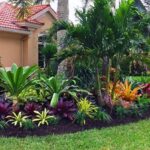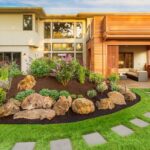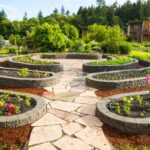Landscape design is an important aspect of creating a visually appealing outdoor space that complements the architecture of a building and enhances the overall aesthetic. From lush gardens to minimalist desert designs, there are endless possibilities when it comes to creating a stunning landscape that reflects the personality and style of the homeowner.
One popular trend in landscape design is the use of native plants and materials. Utilizing plants that are native to the region not only reduces maintenance and water consumption but also helps to create a cohesive and natural look that blends seamlessly with the surrounding environment. Additionally, using locally sourced materials such as stone, wood, and gravel can further enhance the overall design while minimizing the environmental impact of the project.
Another important element of landscape design is the layout and organization of outdoor spaces. Designing distinct zones for various activities such as dining, lounging, and gardening helps to create a functional and enjoyable outdoor living area. Incorporating features such as pathways, seating areas, and focal points like water features or sculptures can help to define and enhance the different areas within the landscape.
When it comes to landscape design, the importance of incorporating elements that appeal to all the senses cannot be overstated. Beyond just visual appeal, a well-designed landscape should also engage other senses such as touch, smell, and sound. Including elements like fragrant plants, textured hardscaping materials, and features like fountains or wind chimes can help to create a multi-sensory experience that adds depth and interest to the design.
In addition to aesthetics, sustainability is becoming an increasingly important consideration in landscape design. Designing landscapes that are not only beautiful but also environmentally friendly can help to conserve resources, reduce waste, and promote biodiversity. Incorporating features like rain gardens, green roofs, and permeable paving can help to manage stormwater runoff, reduce erosion, and provide habitats for wildlife.
Ultimately, landscape design is a creative and fulfilling process that allows homeowners to express their unique style and create a beautiful outdoor sanctuary. Whether it’s a small urban oasis or a sprawling country estate, a well-designed landscape can significantly enhance the value and enjoyment of a property. By carefully selecting plants, materials, and features that suit the site and the homeowner’s preferences, a landscape designer can transform any outdoor space into a stunning masterpiece.
